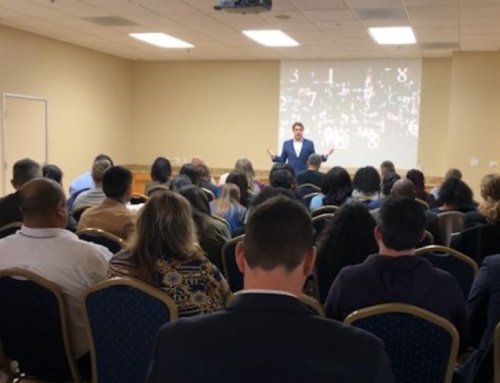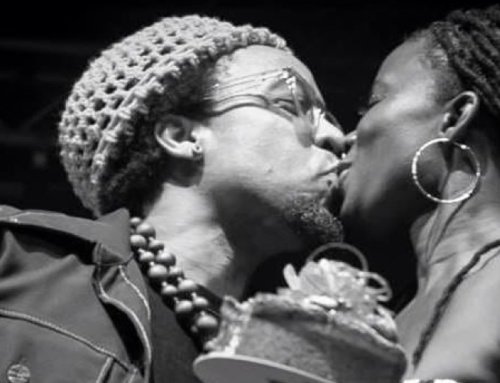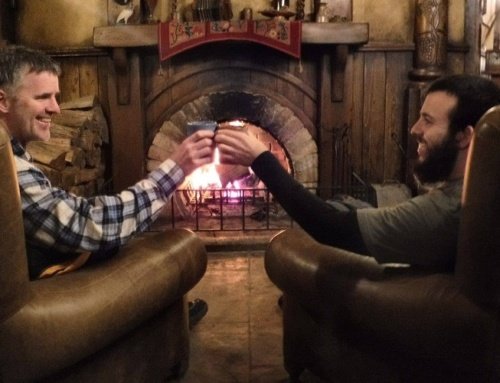Before Black Hack Down and the Somali Pirate attacks, Kelvin Bledsoe remembers the visit from then Commander-in-Chief, President George Bush Sr. As a commander and officer himself, he understood the significance of such a visit. The Commander-in-Chief, sometimes also called supreme commander, is the person that exercises supreme command and control over an armed forces or a military branch. U.S. Army Commander Kelvin Bledsoe had seen the gradual breakdown in relations between the U.S. and the criminal organizations in Somalia. But it didn’t come to critical mass until after President Bush was no longer in office and President Clinton had been appointed. The Bush visit was a good memory in a time when the soldiers needed encouragement.
“As I got closer, I heard a voice from behind me say, ‘Don’t walk behind the president…..you can’t walk behind the president.’ As I turned around, I realized the secret service agent was talking to me! I thought to myself, ‘I guess even commanders in Somalia or other war-torn countries are not excluded from this rule.'”
President George H.W. Bush served as the 41st president of the United States. After the attack on Pearl Harbor in 1941, he postponed his university and enlisted in the Navy instead on his 18th birthday. He became one of the youngest aviators to serve in the military before his tour ended and later attending Yale University. He became a millionaire by age of 40 after founding his own oil company. Eventually, he was elected president and since foreign policy drove the Bush presidency, he visited Somalia.
Somalia, a Total Breakdown in Civil Order
When Speaker and then Commander, Kelvin Bledsoe, met President Bush Sr in his visit to Somalia, there was a humanitarian disaster. The United Nations had attempted to step in to aid the situation through humanitarian efforts. Mr Bledsoe recalls that the communication was breaking down and the few relations which they had in Somalia were strained and could not be trusted. The supplies being brought in and given to the needy people were often stolen by militants.
Bledsoe remembers walking towards the President. “As I got closer, I heard a voice from behind me say, ‘Don’t walk behind the president…..you can’t walk behind the president.’ As I turned around, I realized the secret service agent was talking to me! I thought to myself, ‘I guess even commanders in Somalia or other war-torn countries are not excluded from this rule.'” Apparently, at that time, it was considered a security risk to have anybody walking behind the president.
Mr Bledsoe tells the story with a hint of humor, considering that not long after that, he had his arm around the President and the president had a genuine smile on his face. The two appeared to be like two close friends and it was a moment of peace that Bledsoe has fond memories of.
Some time later, after President Clinton was in office, one of this centuries most horrific events ensued as an American helicopter was shot down, soldiers were trapped, and bodies were dragged around as if in some nightmarish Hollywood film.
U.S. Army Officer, war veteran, and international public speaker, Kelvin Bledsoe, knows the values of treasuring the good memories because in war, good memories are a treasure.






